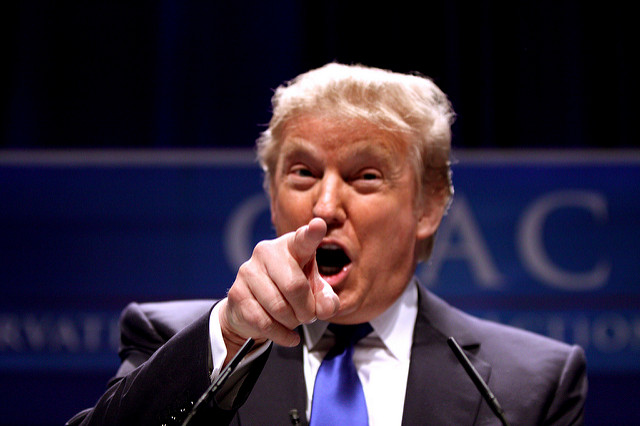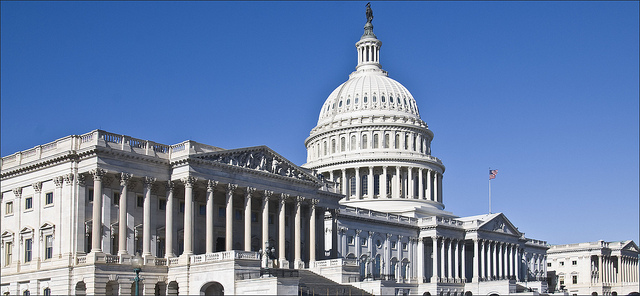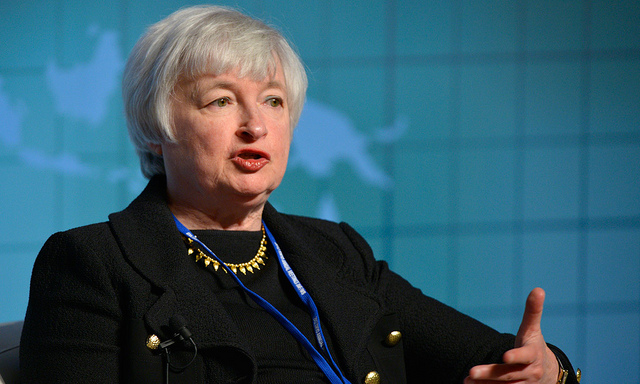As Trump continues to carry out his campaign promises and prepares to launch his stimulus plan, the Fed meets in the midst of a complicated state of affairs. The meeting will bring no surprises, especially after Janet Yellen said that the trend in wages does not guarantee that the Board which she presides will take additional measures this time.
However, several analysts agree that the market may be underestimating the expected pace of interest rate hikes. One of these analysts is Frank Dixmier, Global Head of Fixed Income for Allianz Global Investors.
“The difference between the Fed’s forecast report – known as the ‘dot plot’ – and market expectations is of particular importance. The points show the FOMC consensus expectations on three rate hikes this year and a further three in 2018. However, the market expects only four rate hikes in total over the next two years – a significant difference,” he explains.
The problem is that this gap between market expectations and the future pace of rate hikes shows that there is some fragility in US markets, “particularly given the increasing pressure from the labor market”, says Dixmier. It is in the interest of the Fed to clearly explain the pace of increases to allow markets to adjust fluently.
Eric Stein, Co Director of Global Income at Eaton Vance, admits that he was somewhat surprised when the Fed boosted its ‘dot-plot’ at the December meeting. “I had expected this to happen in March this year, when the market might have more information on the specific policies of President elect Donald Trump,” he states in the management company’s blog
“That said, I do think we could get more hawkish surprises on the dot plot in 2017. The economy was accelerating somewhat before the election, and inflation and inflation expectations had also been picking up pre-election as well. If we get regulatory reform, tax reform and infrastructure spending from the Trump administration and Congress in 2017 and the economy really gets going, then the Fed is going to hike more than investors expect.” Stein summed up.
And it’s that at this time the meetings of the Fed have a certain tone of state of war, but without open confrontation. All indications are that Trump is going to enact policies that will force the Fed to act. Similarly, the people he chooses to fill vacancies on the committee will determine to some extent the way the Fed moves. However, nothing has happened yet so everyone is waiting to receive more information.
“Much of it has to do with the appointments he will make to the Committee. If he implements some draft fiscal reforms, this should lead to higher rates, and to the strengthening of the dollar. However, a stronger dollar would not help the American producers, on whom Trump shows so much interest. If he tries to appoint candidates who are sympathetic to his political ambitions, then we might see how little he likes the independence of the central bank,” says Luke Bartholomew, fund manager at Aberdeen AM.
Markus Schomer, chief economist at PineBridge Investments, also believes that the Fed’s position is largely tied to the policies put in place by the new president of the United States. “The market’s performance in the first half of the year will depend on Trump’s projects. If he focuses on tax cuts and deregulation, the economy and markets are likely to take off. If it comes to trade restrictions and reduced health care coverage, sentiment could turn around and growth could slow down.
What if Trump puts all these policies in place at once?
The expert at Loomis, Sayles & Company, a subsidiary of Natixis GAM, agrees with the rest of analysts. “The introduction of fiscal stimulus could push inflation, prompting the Fed to tighten its monetary policy sooner than the markets are discounting,” says Gregory Hadjian, member of the firm’s macro team.



 For Fórmate a Fondo
For Fórmate a Fondo